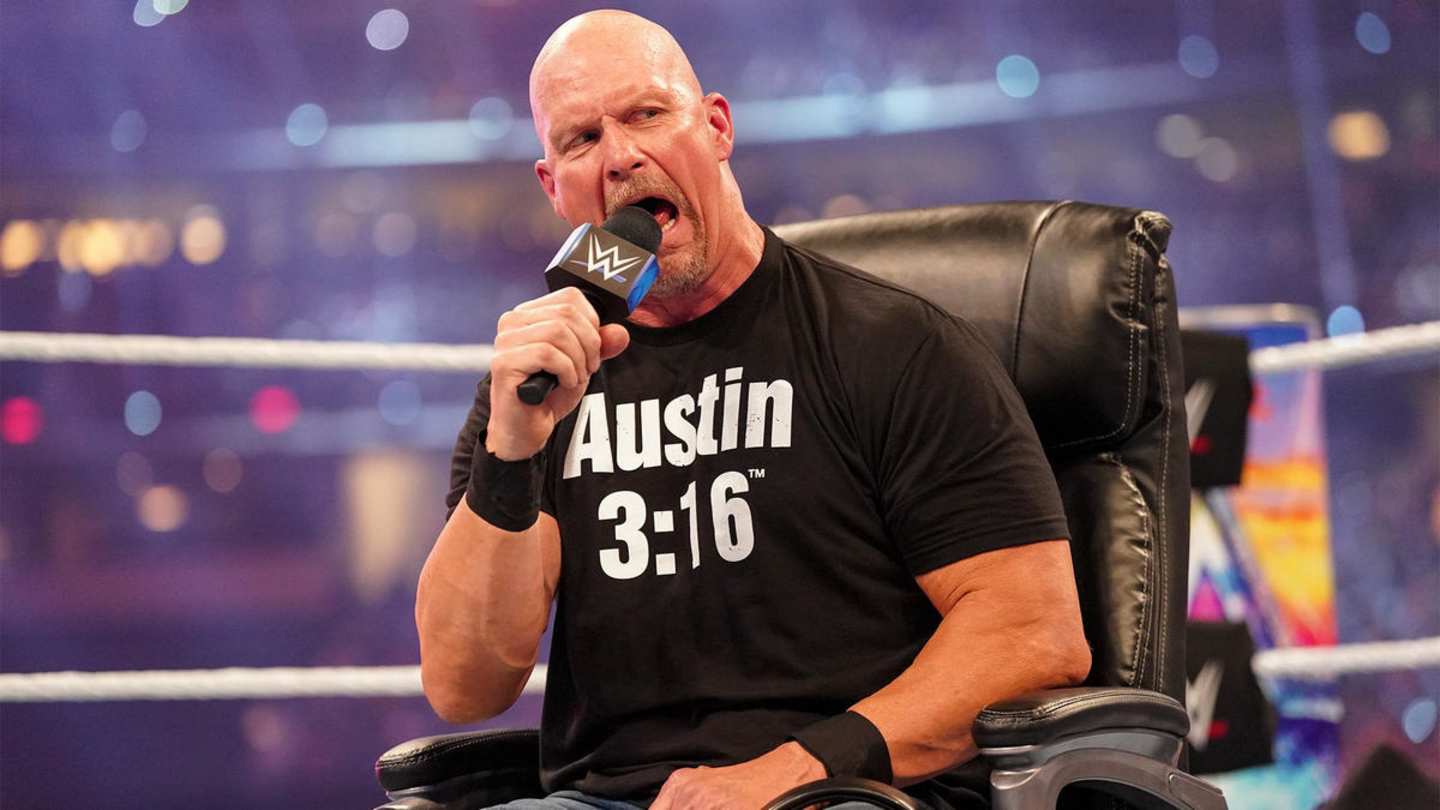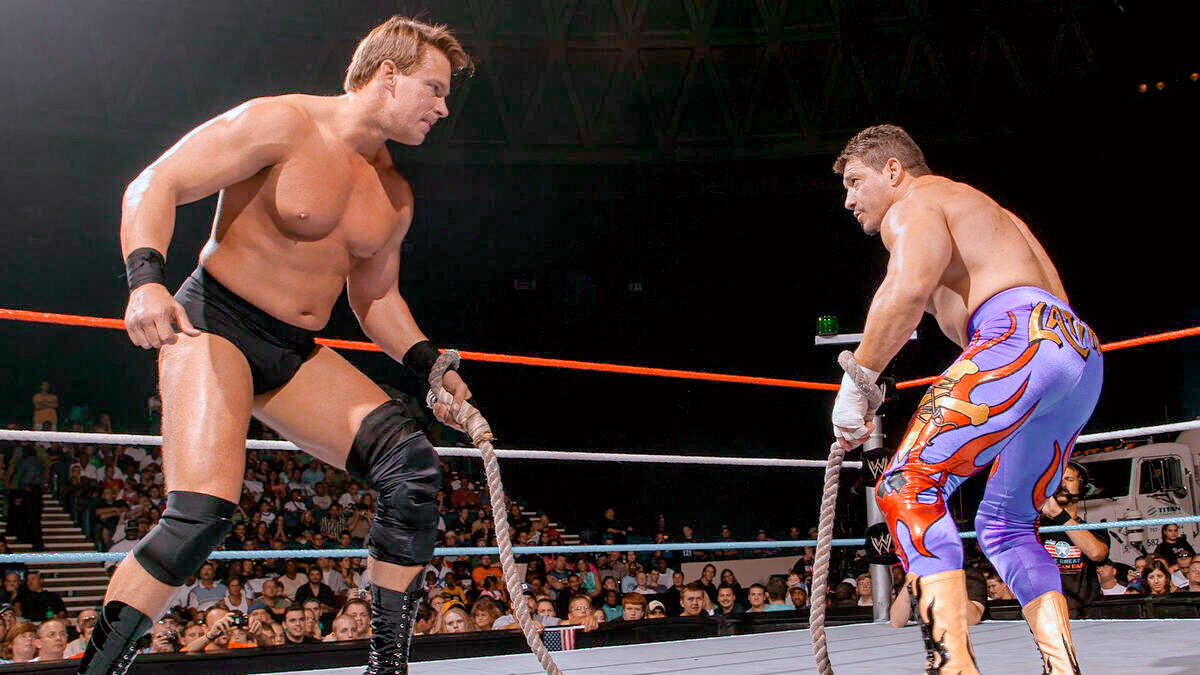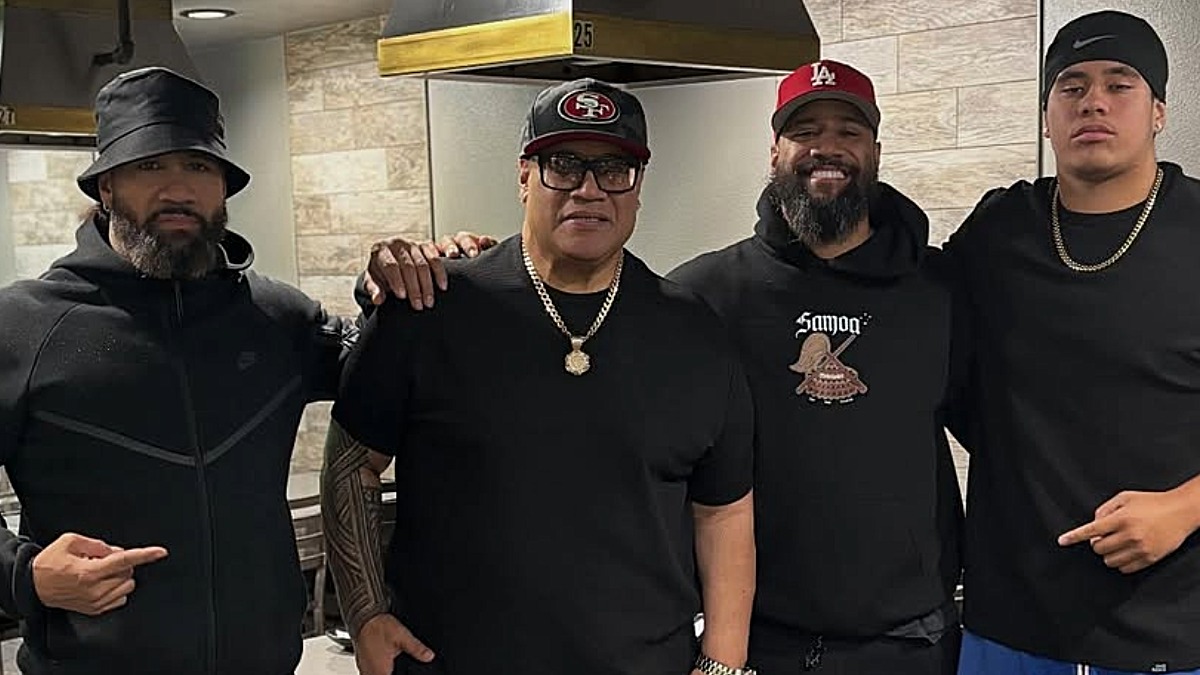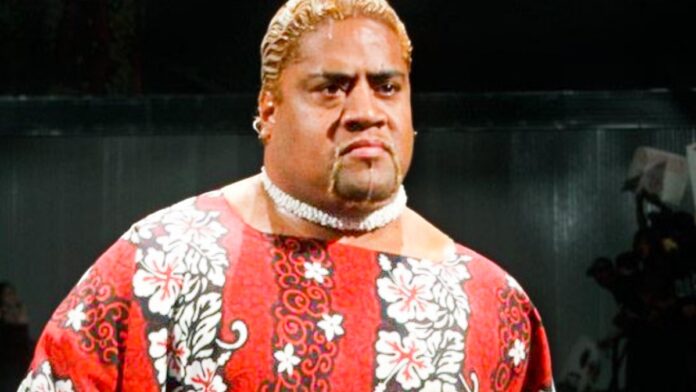Survivor Series 1999 featured one of the most infamous moments in WWE history. The show was set to be headlined by a Triple Threat Match between quite arguably The Attitude Era’s three most defining stars: The Rock Vs. Triple H Vs. Stone Cold Steve Austin. The complexion of the match, the event, and arguably the entire company changed when Austin was run down in the parking garage and unable to compete (a storyline excuse to put Austin out of action for nearly a year while he dealt with neck issues).
When Austin came back, it was time to pay off one of the more intriguing mystery angles in wrestling history and WWE ran with Rikishi in this spot, immediately transforming a popular upper mid-card babyface into a main event level heel.
The conventional wisdom is that WWE botched this one, from the bait-and-switch of advertising a Rock-Helmsley-Austin Triple Threat they’d never deliver on (The Big Show joining and winning had its merits, but it was hardly the attraction fans had paid for), to a choice of Stone Cold’s assailant that both didn’t electrify the audience and led to a lukewarm heel run for the big man at hand.
With the benefit of 25 years of hindsight, critics still blast these creative choices, but it’s not entirely fair. Indeed, while not everything panned out, WWE made reasonable enough decisions surrounding this situation.
The Angle Made Sense Enough At The Time

Image credit: WWE
The ungenerous reflection on the angle of Stone Cold Steve Austin getting run down in a parking garage suggests that Rikishi was a random, if not downright nonsensical character to plug into the assailant spot. It’s important to remember the context of The Attitude Era and broader Monday Night War, though.
This was a crash TV era in wrestling in which swerves were par for the course. So, more so than Rikishi being a random fit, one might instead think of him as a mid-card veteran getting his big break.
To WWE’s credit, Rikishi’s turning was shocking. The company had even gone so far as to plant a seed that the driver had blond hair, leading to perhaps the least expected blonde wrestler possible being revealed and with it both a push for Rikishi and a set up for fresh matchups as he collided with not only Austin, but top babyfaces like The Rock and The Undertaker in the months to follow.
Sometimes, WWE Has To Take A Swing On Reinventing A Talent

There’s a classic piece of pro wrestling booking wisdom that no one knows if someone can make it as a top guy until he has the chance. Pushing Rikishi as a new top heel was a quintessential example of precisely this dynamic.
Let’s consider two analogous examples from the decade to follow. There was JBL—the arrogant, multimillionaire heel who reigned as WWE Champion for the better part of the year. Plugging babyface Bradshaw into this role—particularly after he’d been reinvented so many times and found his best success as a tag team guy with The APA—was an enormous gamble. Set up the new persona, put the title on him, and perhaps most importantly put a mic in his hand, and he became a highly credible new character and a particularly important figure as WWE cemented a new crop of main event stars in John Cena, Batista, and Randy Orton.
Counter to the JBL example, there’s the case of Lord Tensai. Matt Bloom was a respected big man veteran as Albert and A-Train in WWE, before he tried his luck in Japan and enjoyed massive success as a monster heel in that environment. So, when WWE brought him back, they rolled the dice on his Lord Tensai gimmick. Call the character itself too cartoonish or outdated. Blame timing, as the new monster heel didn’t really have a chance to take off before Brock Lesnar re-signed and shifted the picture of what counted as a legit monster heel in the main event picture. One might blame it on Bloom himself, not pulling off the character. Whatever the case, the Tensai gimmick peaked not as a threat to John Cena and other top babyfaces of the day, but rather as half of a comedic tag team with Brodus Clay.
In the end, it’s difficult to predict which ideas in pro wrestling will ultimately pan out and which will fizzle. Rikishi had a solid tag team run as a Headshrinker, stumbled through his Sultan and Make a Difference Personas, before peaking as a dancing super heavyweight. Pivoting his character into a serious heel was a worthwhile experiment a skilled performer who demanded reinvention if he was ever going to breakthrough to a main event spot. The experiment fell short, but that doesn’t mean it was the wrong call to try.
The Heel Turn Did More For Rikishi’s Legacy Than Fans Might Think

It’s tempting to say that Rikishi’s heel turn flopped and that him spending the rest of his time on the WWE main roster in tag teams or in the mid-card reinforced that point. There is a case to the contrary, though.
When it comes to the top things Rikishi’s legacy is remembered for, the fun-loving big man gimmick probably takes the cake. But well ahead of any other persona comes his main event heel character—a dangerous big man who held his own with Stone Cold Steve Austin and The Rock. Much more than a punchline, when one reflects on Rikishi saying “I did it for The Rock,” the sentiment is one of him staking his claim as an act alongside The Rock and Austin—memorable, talented, and credible, on however fleeting a basis, as a top guy.
After 25 years, Rikishi may not show up in the same heights of Attitude Era legends like Stone Cold Steve Austin, The Rock, Triple H, The Undertaker, Kane, The Big Show, Kurt Angle, or Mick Foley. He does demand attention at the next tier down, though, as quite arguably the biggest Attitude Era star to have never won a world title. It’s a noteworthy spot, and one he likely as not wouldn’t have claim to without his historic heel turn.

